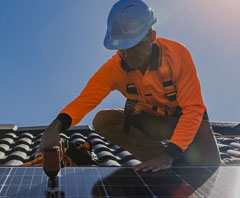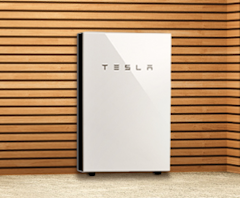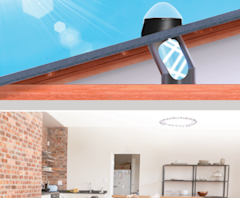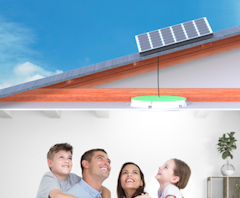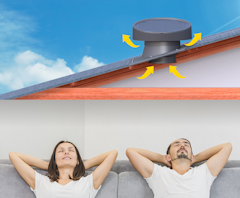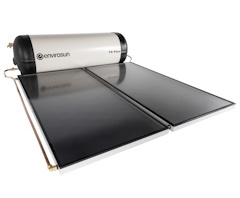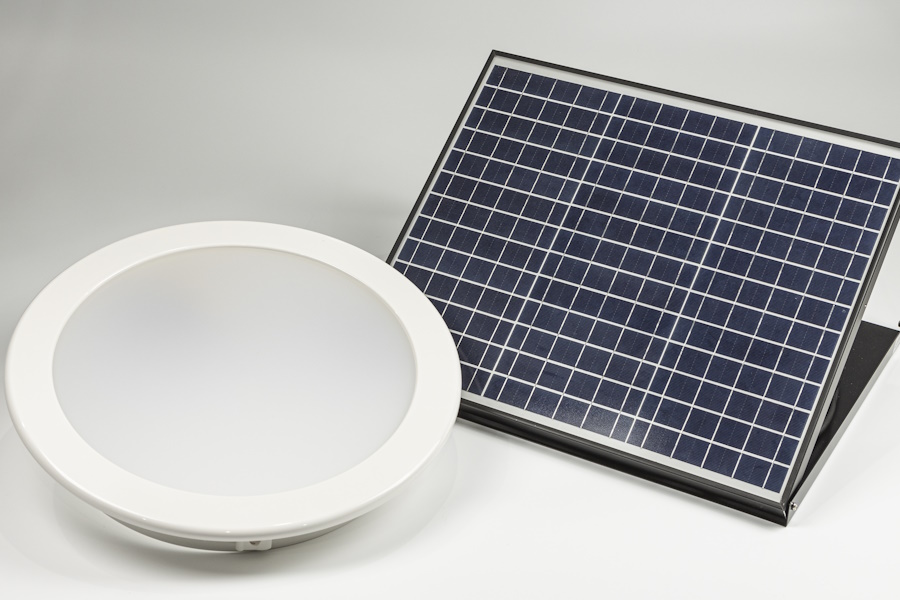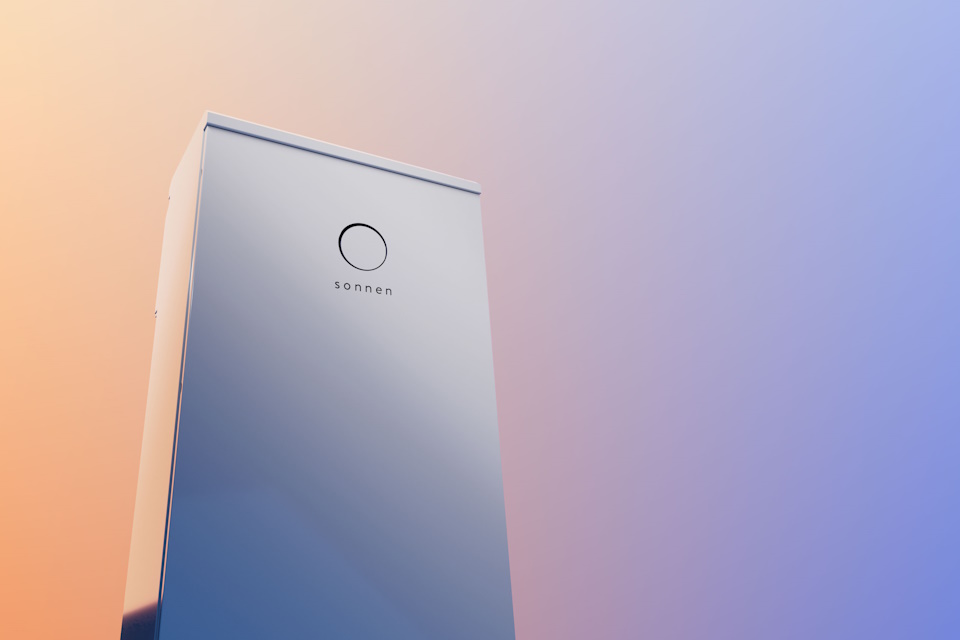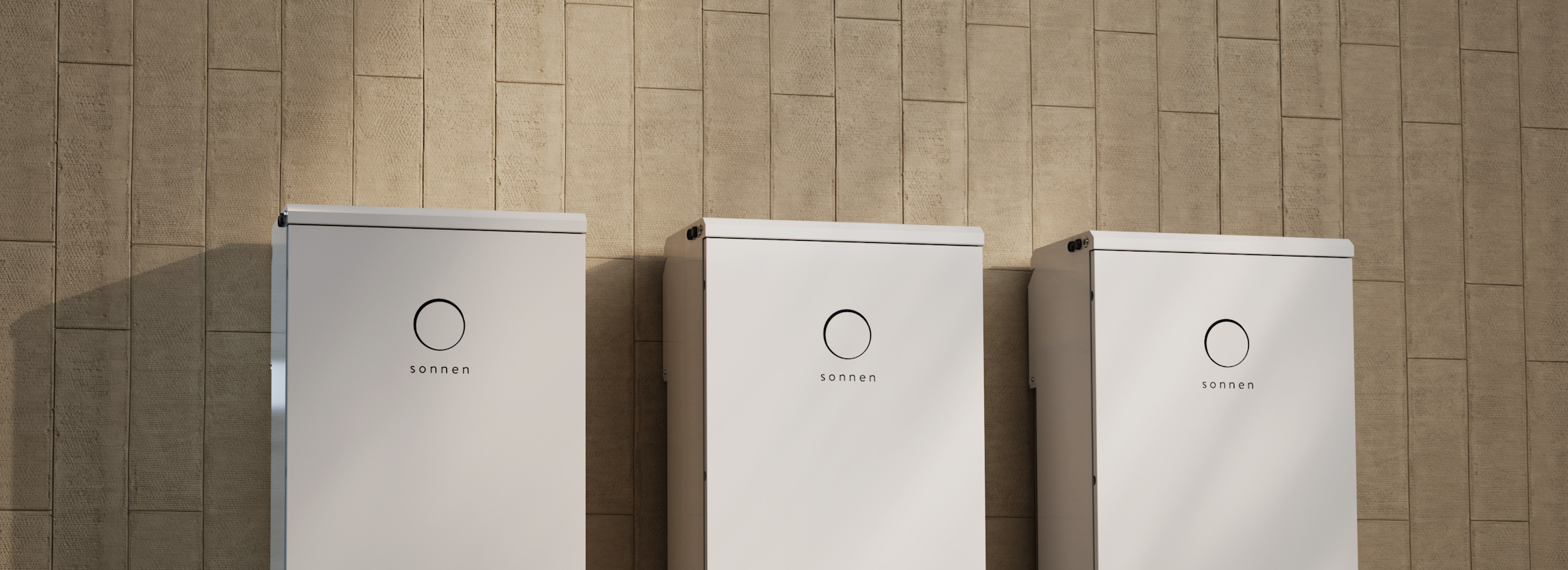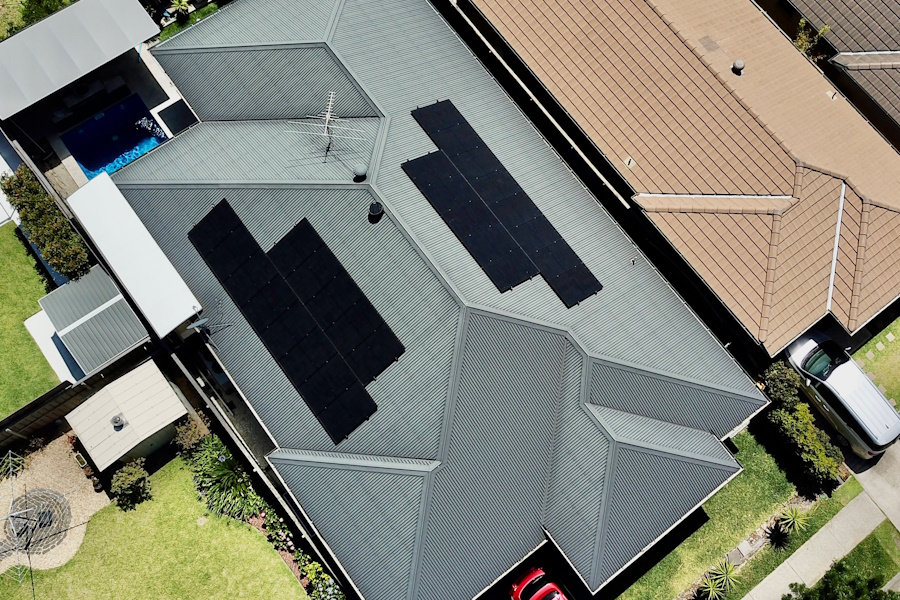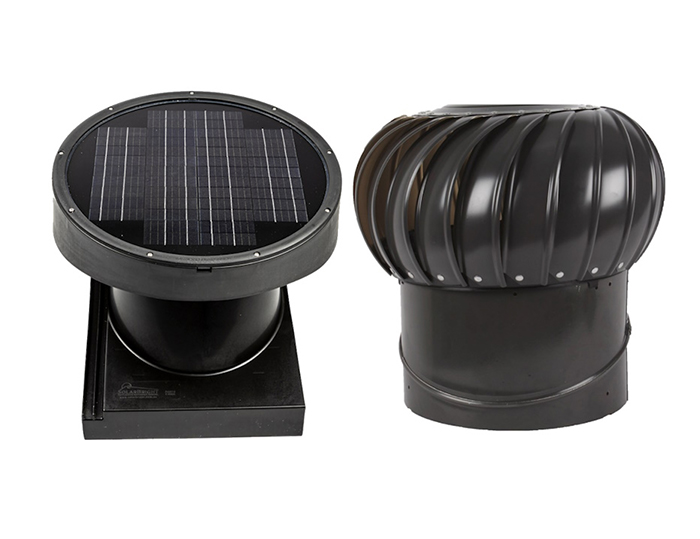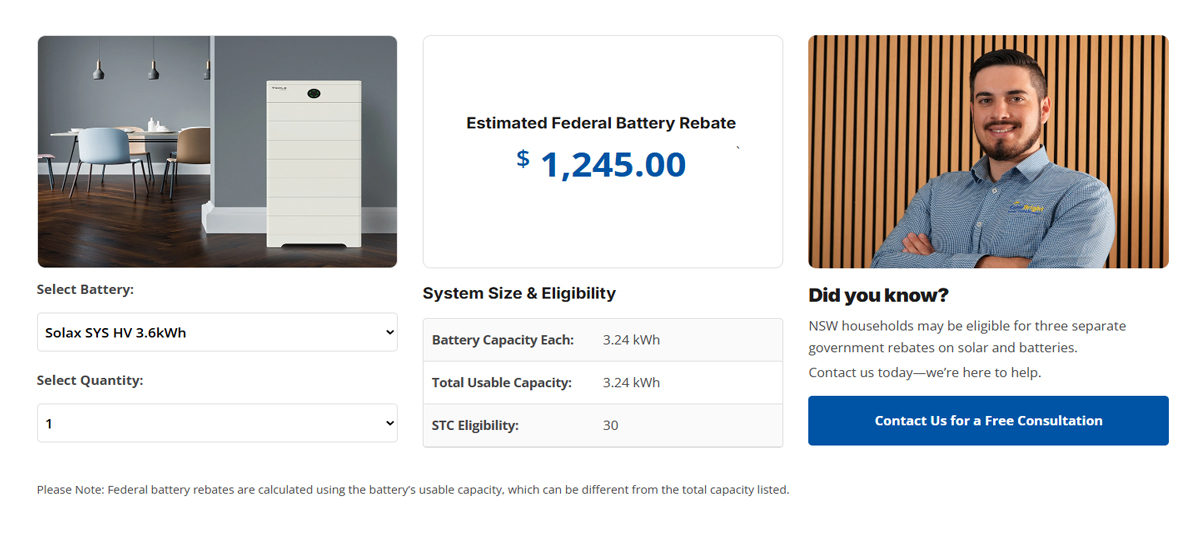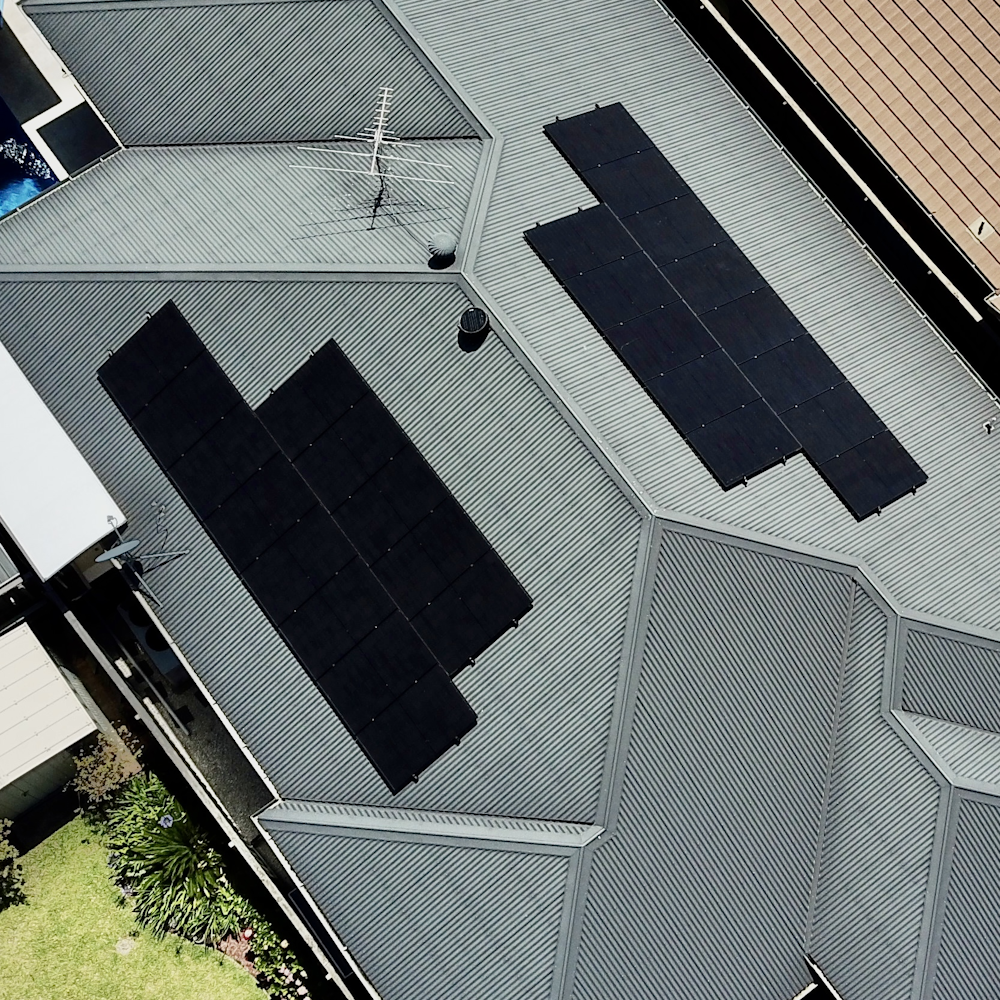Yes, SolarBright’s solar skylights can work round the clock to provide day and night light. A battery-model solar skylight like SolarBright’s MaxBeam24 or MaxLED24 will supply you with 24 hours of light, ensuring your home or business is illuminated during the day and at night and protect you against blackouts.
Brightening Your Space with Skylights
Skylights are an excellent means of bringing natural light into your space. Traditional skylights are regarded as roof-built windows to increase natural light in the home, reduce the need for artificial lighting, and potentially cut energy bills. Thanks to their higher efficiency over traditional skylights, modern homes and businesses find value in tubular skylights. To learn more about tubular skylights read our blog An Excellent Alternative to Traditional Skylights.
A tubular skylight, like the MaxLight Tubular Skylight, collects natural sunlight through a dome installed on the rooftop and transmits the light through a metal tube designed for optimized reflection.
MaxLED24 Solar Skylights
It feels good to know that your skylight can brighten your home or business not only during the day but also at night. This is one advantage MaxLED24 solar skylights offer.
MaxLED24 solar skylights feature a solar panel, battery, and LED light. While a conventional skylight can only transmit sunlight into the home during the day, MaxLED24 solar skylight provides 24-hour light by powering the LED lights through the PV-generated energy stored in the battery.
Advantages of MaxLED24 solar skylights over traditional tubular skylights include:
- Flexibility: MaxLED24 solar skylights offer flexible installation that makes them fit well into rooms with windows.
- Ease of Installation: the installation process of a MaxLED24 Solar Skylight is easy and suited for DIY installations.
- Remote Control: An MaxLED24 solar skylight comes with a remote control that lets you operate your skylight remotely.
- Motion Sensor: MaxLED24 solar skylights can be fitted with a motion sensor that turns on the MaxLED24 when anyone enters the room and switches it off automatically minutes after leaving.
- Blackout Protection: with MaxLED24 (Day and Night), you can wave goodbye to blackouts, as your skylight comes with a battery that powers the light at night, giving your home 24-hour light.
- Incredible Warranty: MaxLED24 skylight offers a 10-year warranty on the solar panels and 3 years on the battery and light to protect your investment.
MaxBeam24 Day and Night Skylight: the skylight without equal
The MaxBeam24 converts a MaxLight tubular skylight into a true 24-hour source of light. It acts as a tubular skylight during the day and thanks to it’s solar panel with integrated battery it will light up your room at night or even in a blackout.
The solar panels are mounted on the rooftop to charge the battery, and the LED lights are installed in the skylight diffuser mounted on the ceiling.
A few reasons you want to consider MaxBeam24 Solar Skylights include:
- Continuous Light: MaxLight and MaxBeam24 combination are able to provide continuous light in the home or business by beaming natural sunlight into the space during the day, while it functions as an LED light at night by supplying power from the battery to the LED light.
- Controlled Light Level: MaxBeam24’s remote control gives you the option of controlling the level of brightness of your room, meaning you are in total control of your room’s illumination at night.
- Motion Sensor: The motion sensor integrated into MaxBeam24 can sense when anyone enters the room to trigger the light on and off when they leave.
- Blackout Protection: since the system is not grid-connected, it is not affected by grid blackout, meaning you can continue to enjoy free light during blackouts.
- Australian Trusted Brand: MaxBeam24 is a product from Solar Bright, a reputed Australian supplier of solar and skylights, with a track recording running back to 2008.
How MaxBeam24 Works
The principal mechanism behind MaxBeam24 is a combination of MaxLight skylight and solar LED light. This ensures homes and businesses enjoy uninterrupted light.
The MaxLight skylight supplies the room with light during the day, while illumination comes from the LED light powered by the solar battery at night and during cloudy days.
How MaxBeam24 Functions During the Day
During the day, the MaxLight tubular skylight works by capturing sunlight through the dome from the outside and sending it into the space through a metal tube with a highly reflective property. This arrangement ensures maximum light flows from the outside into the inside.
How MaxBeam24 Functions During the Night
At night, the MaxBeam24 take control, as the system switches to the LED light mode. This time, thanks to the AC adapters or battery storage (depending on the model), the LED light installed in the skylight diffuser illuminates the room.
Blackout Protection
One feature of MaxBeam24 is the protection against blackouts that ensures your space remains illuminated during blackouts. The system leverages natural brightness during the day and a solar system at night and doesn’t rely on the grid to serve you.
Movement Sensor
MaxBeam24 comes with a movement sensor, a sensor that monitors human presence in the room. With the sensor, your skylight switches on automatically when you enter the dark room, preventing you from walking into obstacles. The sensor triggers the light to go off 10 minutes after leaving the room for efficient energy consumption.
Models
It is important to note that MaxBeam24 comes in three models, so you can choose an option that best suits your lifestyle. When shopping for MaxBeam24, you can choose from MaxBeam24AC, MaxBeam24ACSO, and MaxBeam24BAT, each with unique specifications.
While MaxBeam24AC and MaxBeam24ACSO use AC adapters to power the LED lights at night, MaxBeam24BAT draws its power from a Lithium Battery. The 6.4Ah battery only takes 6.4 hours to charge and can power the LED light for up to 11 hours and does not require mains power, so it will work in a blackout.
Common features of the three models include two sizes (250mm and 400mm) and an LED rating of 50,000 hours.
Additionally, regardless of the model, the light produces 1500 or 2000 lumens, depending on the size. Plus, each model features a remote control for ON/OFF switching and light dimming.
If you are not sure which or our Solar Skylights will suit you best, why not book in a home consult with one of our skylight specialists. Our skylight experts will come to your home to discuss options and work out a solution that suits your space. If you are the type of person that needs to see products in action, come visit one of our showrooms in NSW or our partners showrooms across Australia and NZ. Our team can take you through our products, answer all your questions and then make an appointment to visit your home to assess the ideal installation location.
